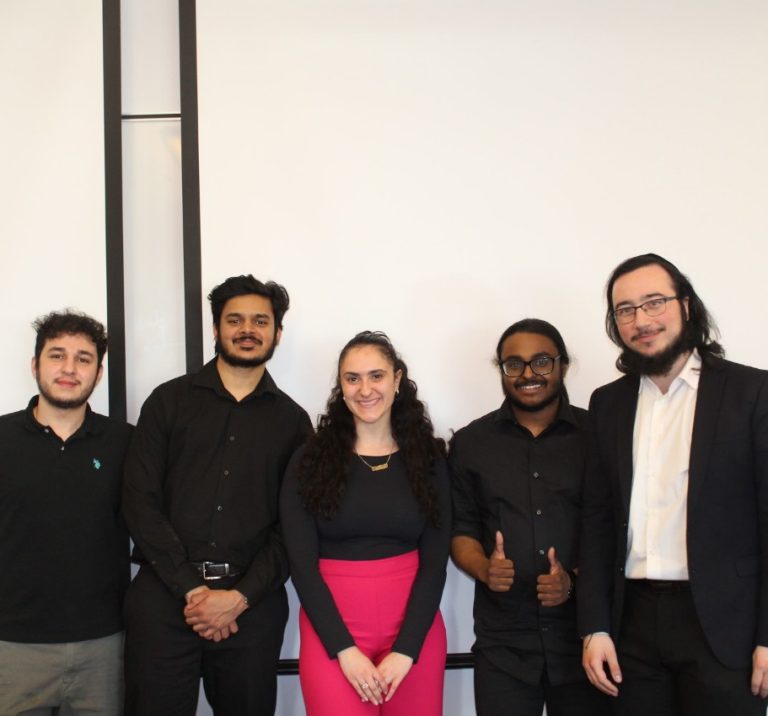AirLab Aeronautics Capstone Project
Capstone SDG Impact Award Finalist
Project members
- George El Haddad
- Pranavaa Kirupakaran
- Gabriel Mamane
- Emanuelle Ranaldi
- Karthick Sivasubramanian
Related Sustainable Development Goals
- Goal 7: Affordable and clean energy
- Goal 8: Decent work and economic growth
- Goal 9: Industry, innovation and infrastructure
- Goal 12: Responsible consumption and production
- Goal 17: Partnership for the goals
About the project
The main goal of the team's Capstone project is to design a small-sized unmanned aerial vehicle (UAV) that serves as a platform for flight testing innovative and emerging technology. By providing a platform that facilitates flight testing new technologies, the platform expedites technological maturity. As a result, newer technology, which tackle our global challenges, will reach the aerospace industry standards (TRL 9) at a faster pace. Flight testing is a critical step in aircraft design; however, it is time consuming, expensive and can be inaccessible to companies with limited resources. The AERO490 Capstone team is developing the AirLab Aeronautics (AA) aircraft which is a modular aircraft—an aircraft with replaceable parts—used as a testbench platform for testing different technologies. The aircraft has a central platform which can be modified depending on the test required. The main goal is to accommodate and test different technologies; however, for the scope of the project, the technologies the central platform must accommodate are morphing wing and vertical takeoff and landing (VTOL).
The AA aircraft gives small companies, universities, research centers or even well-established aerospace companies an accessible test bench for collecting data. This allows the technology to be flight-tested in its industrial environment. The AA aircraft results in improving efficiency since technologies can be validated sooner, in reducing costs since clients can rent the AA aircraft for testing, and in sustainable development since less resources are needed for testing. The methodologies applied for the development of this project include using a physical sizing approach to design the first prototype, several academic resources for the aircraft design and integrating research of morphing wing and VTOL technology.
